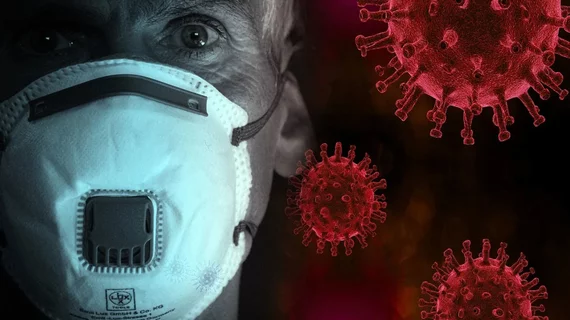The Medical Imaging and Technology Alliance is urging lawmakers to include medical imaging modalities in the Strategic National Stockpile to better prepare the U.S. for the next global pandemic.
That’s only one of the five key recommendations MITA lays out in a recent letter to the U.S. Senate Committee on Health Education, Labor and Pensions Chairman Sen. Lamar Alexander of Tennessee.
In the June 26 correspondence, delivered in response to the Senator’s “Preparing for the next Pandemic” whitepaper, MITA notes that medical imaging has been “invaluable” for evaluating, staging, managing and treating patients with COVID-19. And the specialty will remain a key healthcare cog in future outbreaks.
“Given the power of medical imaging to quickly and non-invasively evaluate anatomy and physiological processes, we anticipate medical imaging playing a crucial role in any future public health emergencies, including pandemics,” according to the letter, signed by MITA’s Executive Director, Patrick Hope.
Below are the alliance’s five recommendations:
1. The Strategic National Stockpile should include medical imaging technologies such as ultrasound systems, mobile x-ray modalities and CT scanners. Such machines have been crucial in the current pandemic, but are complex to manufacture. A ready supply would give hospitals a leg-up should another global outbreak occur.
2. Food and Drug Administration regulatory requirements must be streamlined to enable quick deployment of imaging devices. This includes temporarily prioritizing review and clearance for pertinent technologies and working with the Department of Homeland Security to source imaging tech to hard-hit regions, among other suggestions.
3. Medical imaging is part of non-emergent care and processes must be established to ensure such care is not delayed in the midst of a public health emergency. Radiology departments are dealing with an influx of past-due exams due to COVID, and MITA suggests implementing incentive policies for providers to meet such pent-up demand.
4. During the current pandemic, healthcare institutions have used their own metrics to assess capacity and need, but such data isn’t comparable across different regions. Consistent caseload reporting would improve communication and decision-making as governments deploy imaging resources across the country.
5. Policymakers need to bolster funding for imaging-based research into future public health crises.
“As this letter makes clear, we support taking critical steps to prepare our country for the future,” Hope added. “We look forward to working with policymakers to bolster the imaging sector’s preparedness for any future public health crisis.”

